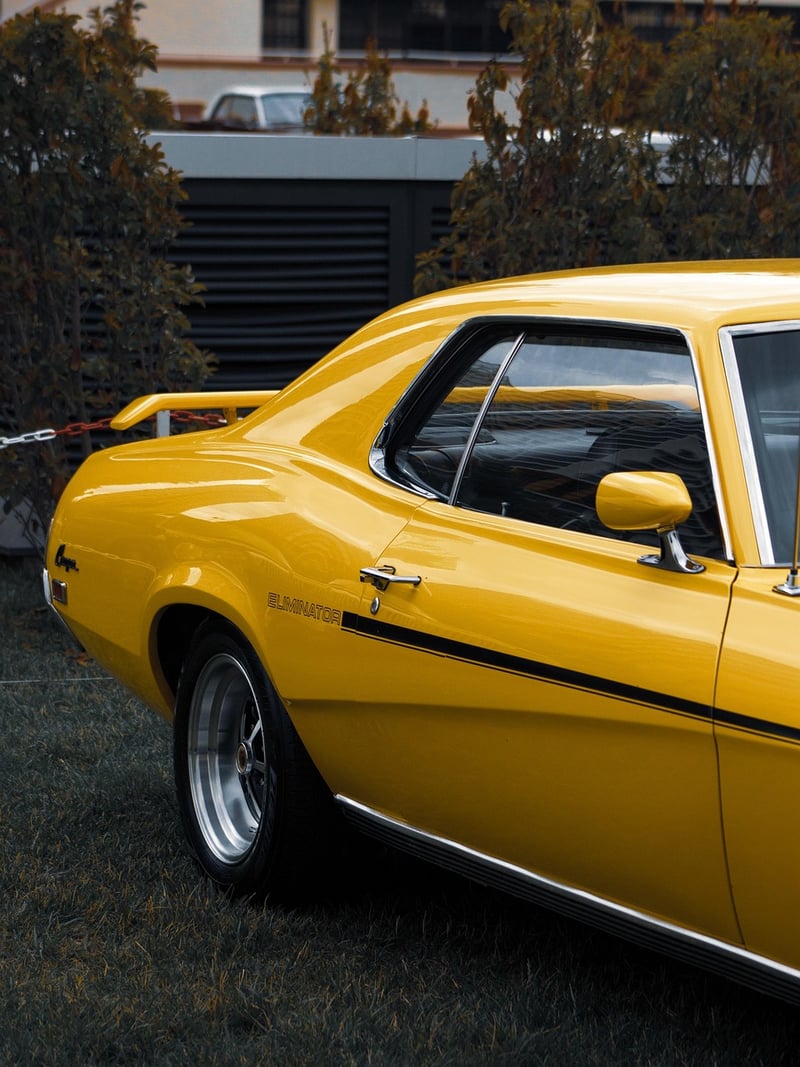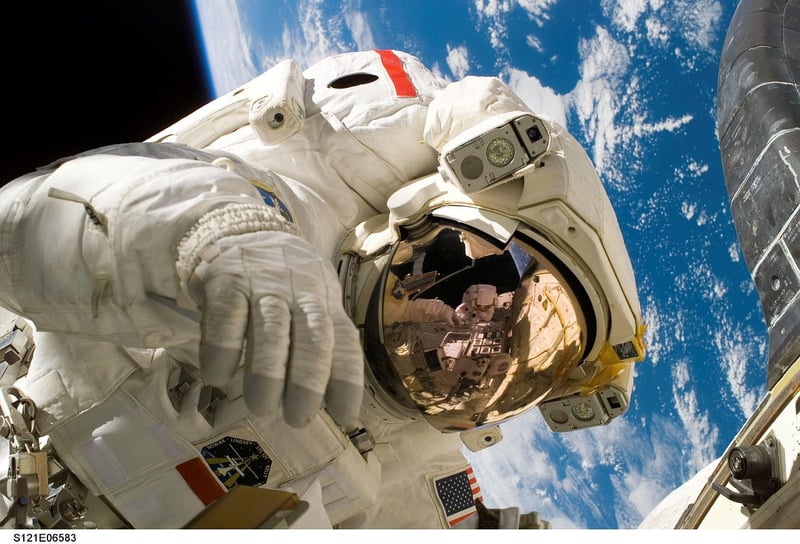Temporal Vehicles
The Evolution of Transportation: From Ancient Methods to Futuristic Temporal Vehicles
Ancient Modes of Transportation
Throughout history, humans have employed various methods to travel from one place to another. Some of the earliest forms of transportation included:
- Walking
- Animal-powered transport like horses and camels
- Watercraft such as canoes and rafts
- Early wheeled vehicles like carts and chariots
The Industrial Revolution and Modern Transportation
The Industrial Revolution brought significant advancements in transportation technology. Key developments during this period included:
- Steam-powered trains revolutionizing land travel
- Steamships transforming sea transportation
- The invention of bicycles and automobiles
- The Wright brothers' first powered flight in 1903, leading to the age of aviation
Contemporary Modes of Transportation
In the modern era, transportation has continued to evolve with innovations such as:
- High-speed trains like the Shinkansen in Japan
- Electric cars and hybrid vehicles for sustainable mobility
- Commercial airplanes connecting people across the globe
- Space travel with missions to the International Space Station and beyond
The Future: Temporal Vehicles
Imagine a world where time travel is not just a concept in science fiction but a reality. Temporal vehicles, theoretical machines that can move through time, have captured the imagination of many. While still a topic of scientific speculation, the idea of temporal vehicles raises intriguing questions about the nature of time and space.
Conceptualize the Future
Artists and visionaries have conceptualized futuristic temporal vehicles that may one day redefine how we perceive transportation. These imaginative designs often combine sleek aesthetics with advanced technology, offering a glimpse into a potential future where time travel is within reach.
Challenges and Ethical Considerations
While the prospect of temporal vehicles is exciting, it also presents significant challenges and ethical dilemmas. Questions about the consequences of altering the past, the impact on the present timeline, and the potential for misuse of such technology raise important ethical considerations that must be addressed.
Conclusion
From ancient modes of transportation to futuristic temporal vehicles, the evolution of how we move from place to place reflects our quest for innovation and discovery. While we may not be zipping through time just yet, the journey of transportation continues to inspire creativity and push the boundaries of what is possible.




